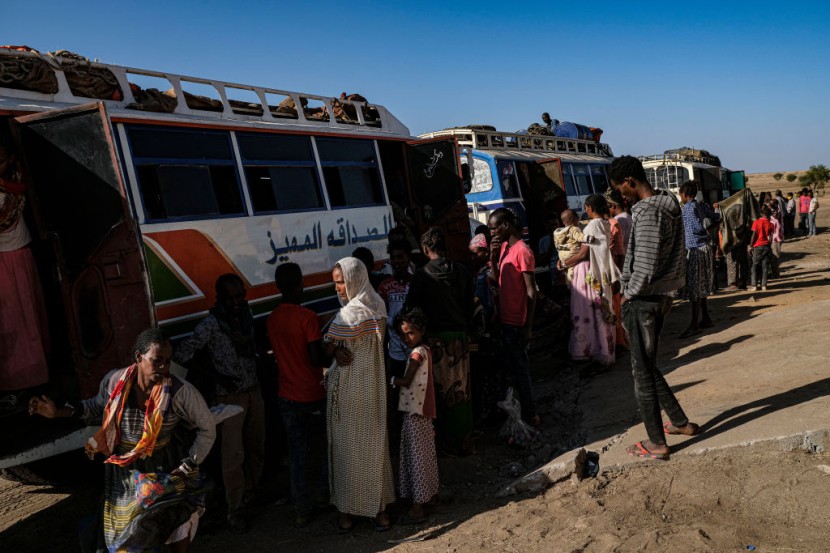
The Ethiopians in the Tigray war are casualties of the current conflict in the besieged region. Recently, there are indications of suspected phosphorous attacks leaving civilians with horrific burns.
Videos and personal accounts of those smuggled out of Tigray indicate that Ethiopian and Eritrean soldiers might just have unleashed potent incendiary weapons in civilian areas, reported the Telegraph UK.
Many of the civilians running from the war have horrific burns that might indicate the activities of the groups engaged in the conflict.
Most leading chemical weapons analysts claim that the video clearly shows white phosphorus, which is forbidden from use against people under international law.
Burn victim
Telegraph reported a story about one of the victims of the horrible attacks, 13-year-old Kisanet Gebremicheal, a girl from the village of Adi'ayqoro in central Tigray. She has horrific burns after her house came under attack last April 20.
She retold that a heavy weapon struck the house, and fire came from the roof. It touched her skin with the smell of gun powder and burned immediately.
The victim's brown flesh was already burned away from her arms, legs, face, and hands, which left a white and red paste of flesh and fat seen in hospital videos recorded moments when she came.
What is seen from the chemical attack is her skin that burned to the fat, causing massive amounts of pain.She is one of the Ethiopians in the Tigray war attack that acquired burns from the alleged phosphorous weapons.
"Oh, my heart, what the hell is happening here? Oh, mum," she cries as the nurses cover her scorched, injured body as possible. However, the morphine is no longer working. Even her mother's light caress brings her pain, as the patient was treated.
Phosphorous is against the Geneva Convention use on civilians
When exposed to air, white phosphorus ignites and burns at a temperature of over 2,700 degrees Celsius. The chemical is not advised to be used on combatants and civilians. Comparable to napalm in the Vietnam war, the substance will burn on contact when it touches human skin that would not be put out easily, making it a dangerous substance to use for warfare.
In a legal limbo, the flammable chemical remains. It can be used legally to provide tactical smoke screens or to brighten the battlefield at night. But, underneath the Geneva Conventions, using it against people might well be classified as a severe war crime, cited Bharat Express News.
Hamish de Bretton-Gordon, the former commander of the UK's Joint Chemical, Biological, Radiological and Nuclear Regiment said, "These horrendous injuries look very identical to wounds I've seen on victims in North-east and North-west Syria."
He added that the Syrian army used the chemical to burn towns and villages to scare the civilians away from territories they wanted to capture.
"I expect every dictator and rogue state thought they could employ these brutally effective weapons with abandon as a result of this inaction." Mr. de Bretton Gordon, author of "Chemical Warrior" says.
Ethiopians in the Tigray war are victims of phosphorous attacks as they are caught in the current military conflict there.
Ethiopian Ministry's Response
In a report by Addis Standard, the Federal Democratic Republic of Ethiopia Ministry of Foreign Affairs released a press statement pertain to the alleged use of chemical weapons in the area. It says that they "categorically reject" the allegation saying that they seriously oblioge with international obligations of the Chemical Weapons Convention. The letter also states that they will never use banned munitions.
Press Statement: On the alleged use of “chemical weapons” in #Tigray. 23 May 2021 @mfaethiopia pic.twitter.com/V0lj88ZqG5
— The Ministry of Foreign Affairs of #Ethiopia 🇪🇹 (@mfaethiopia) May 23, 2021
The Ministry stated that they were aware about that such information will be released in public by The Telegraph. But they call this "malicious and irresponsible report." It also pointed out that the possible reason of the said publication is merely to fuel further tension.








